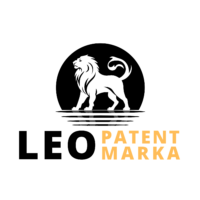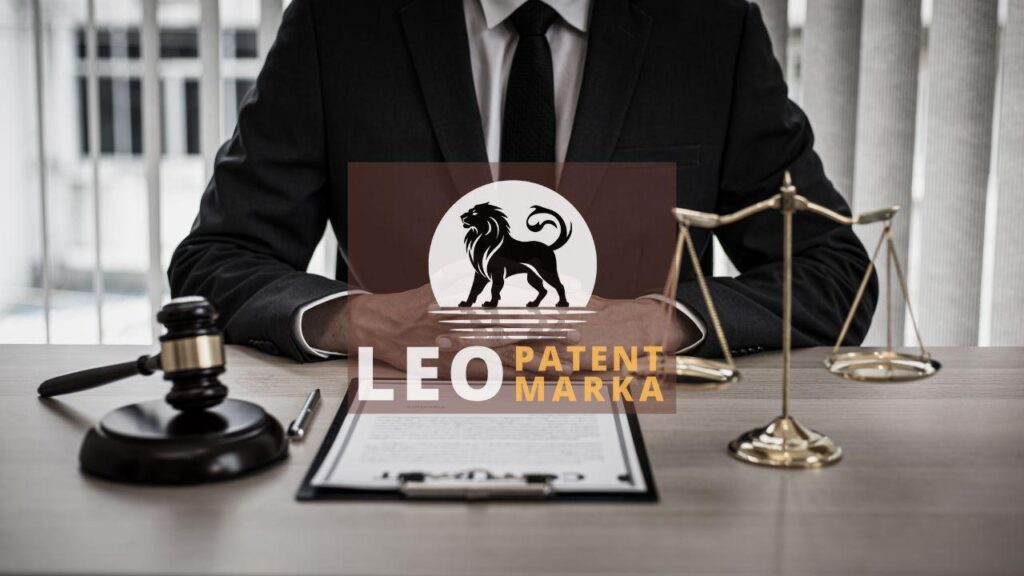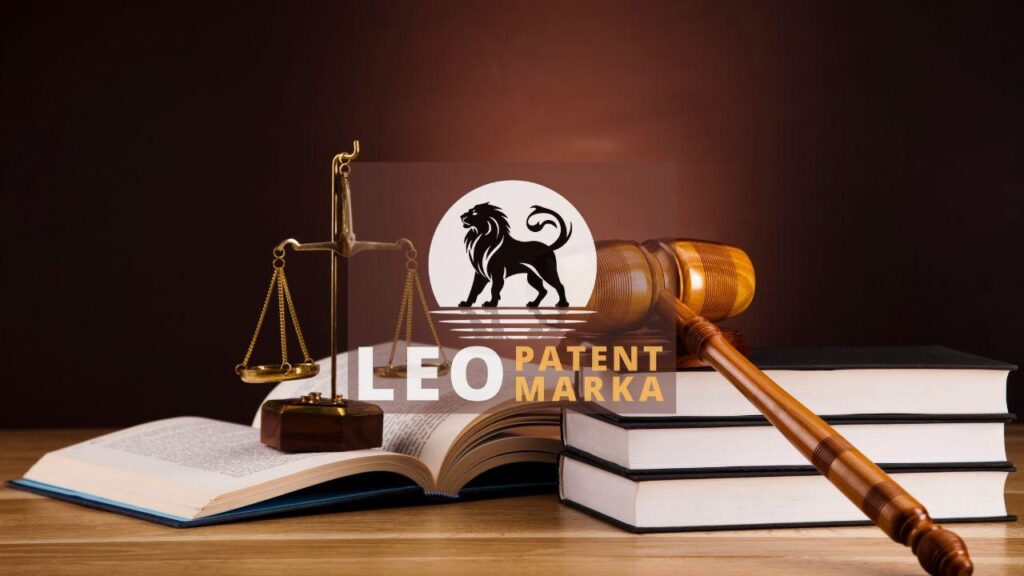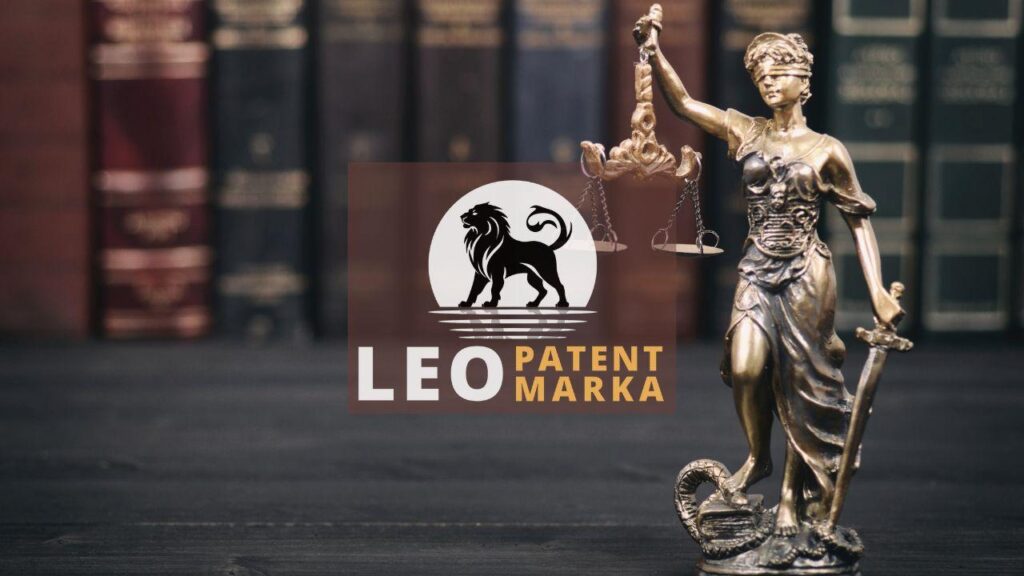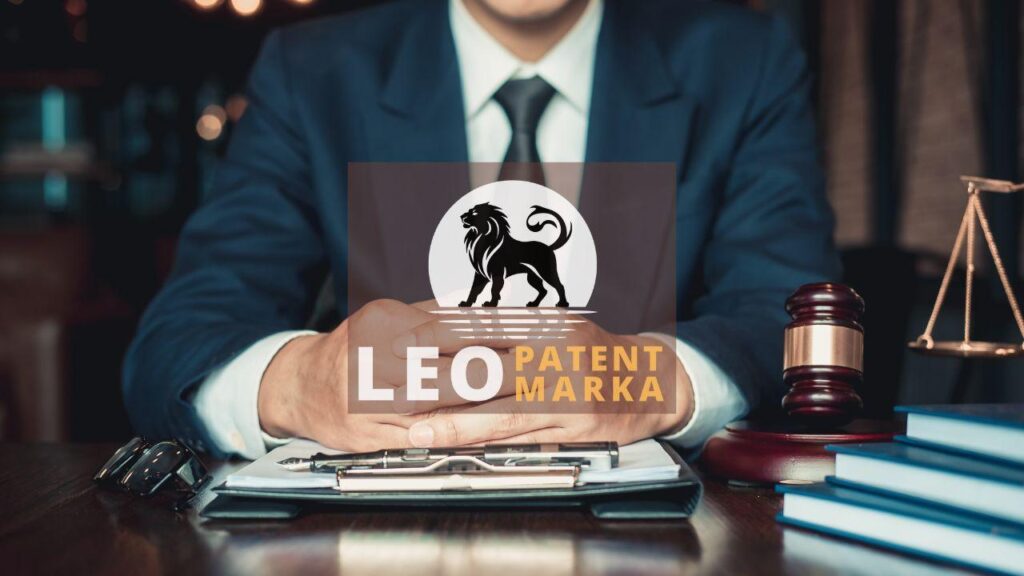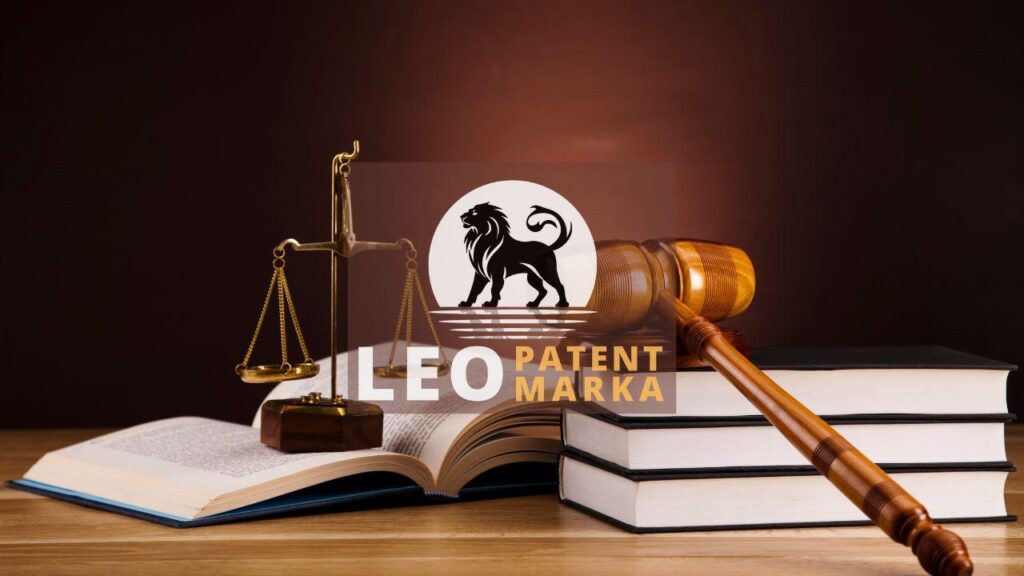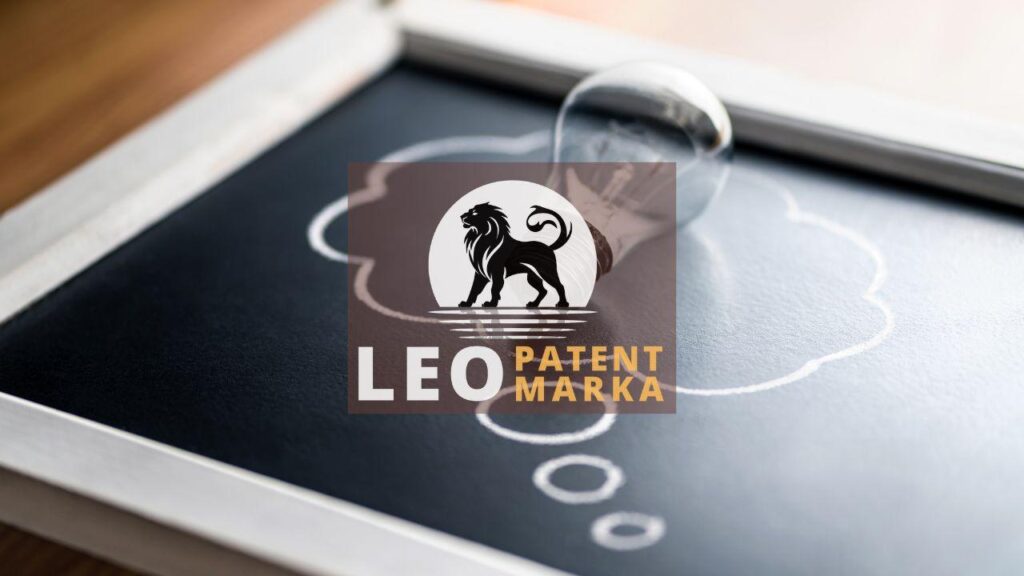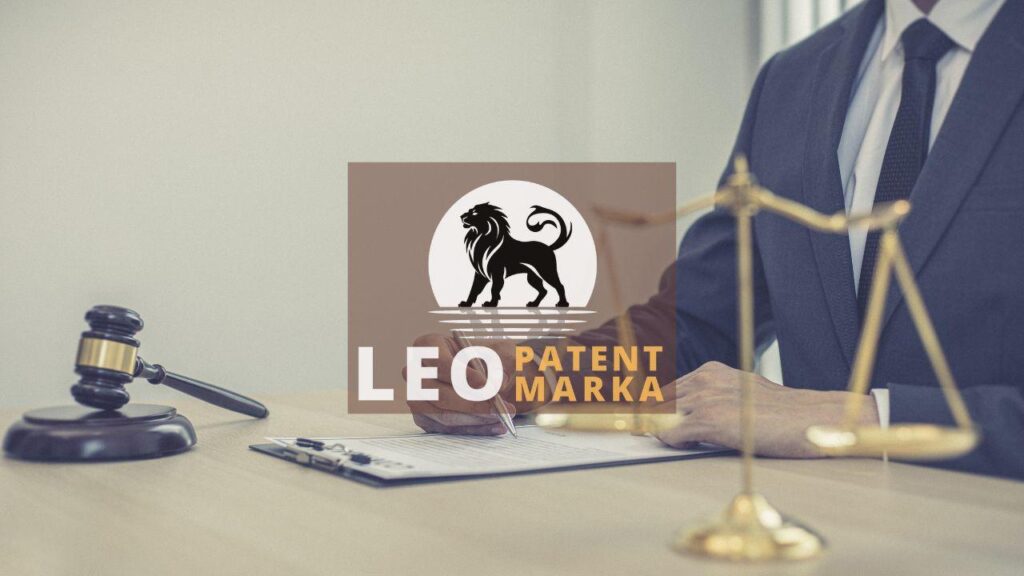In today’s rapidly evolving global market, the significance of protecting and enforcing design rights cannot be overstated. At Leo Patent, we recognize that design dispute resolution is a critical aspect of safeguarding the unique visual attributes of your products. Whether facing infringement claims or defending against unauthorized use, navigating these disputes requires a deep understanding of Turkish intellectual property laws and a strategic approach tailored to each case’s nuances. Our expertise ensures that you receive precise legal guidance and robust representation throughout the dispute resolution process. Trust Leo Patent to resolve design conflicts efficiently, uphold your creative integrity, and maintain your competitive edge in the marketplace.
Types of Design Disputes in Turkish IP Law
Design disputes in Turkey can manifest in various forms, each requiring distinct legal strategies for effective resolution. The most common types of design disputes include infringement claims, where a registered design holder accuses another party of unauthorized use of their protected design. Additionally, invalidation actions can be initiated to challenge the validity of a design registration on grounds such as lack of novelty or originality. Other frequent disputes involve ownership conflicts, which arise when multiple parties claim rights to a particular design, often stemming from collaborative projects or employment relations. Understanding these different dispute types is crucial for devising appropriate legal responses and safeguarding design rights in the dynamic Turkish market.
In dealing with these design disputes, the Turkish legal framework provides several avenues for resolution, including administrative, civil, and criminal proceedings. Administrative actions typically involve filing complaints with the Turkish Patent and Trademark Office (TPTO), which can issue rulings on matters such as invalidation or cancellation of design registrations. Civil litigation, on the other hand, allows for the pursuit of damages and injunctions through specialized IP courts, offering a more comprehensive resolution for infringement and ownership conflicts. In some instances, criminal actions may be warranted against parties engaging in willful infringement, leading to penalties or imprisonment. Each pathway has its advantages and limitations, making it imperative to assess the specific circumstances of the dispute to determine the most effective course of action.
At Leo Patent, we meticulously evaluate the specifics of each design dispute to recommend the most suitable resolution pathway. Our team leverages extensive experience in navigating the complexities of Turkish design law, ensuring that your case receives the attention and expertise it deserves. Whether through negotiation for amicable settlements, representation in administrative procedures before the TPTO, or advocating in civil or criminal court, we are dedicated to protecting your design rights. Our approach is characterized by a strategic mix of legal acumen and practical insight, aimed at achieving favorable outcomes efficiently and cost-effectively. Trust us to guide you through the intricacies of design dispute resolution, securing your creative assets and reinforcing your position in the competitive market.
Legal Strategies for Resolving Design Disputes in Turkey
At Leo Patent, we leverage various legal strategies to effectively resolve design disputes in Turkey. Firstly, mediation and arbitration stand out as alternative dispute resolution mechanisms, providing a less confrontational and more cost-effective route compared to traditional litigation. Our experienced team excels in these methods, often leading to amicable settlements. Furthermore, we pursue proactive measures such as sending cease and desist letters to parties infringing on your design rights. These letters act as an official notice and can preclude the need for more severe legal action if the opposing party complies. Additionally, our legal experts meticulously prepare for litigation by gathering compelling evidence and building a solid case to present before Turkish courts, ensuring that your rights are vigorously defended.
In the realm of combating design infringement, understanding the nuances of Turkish design law is crucial. Our attorneys at Leo Patent are adept at interpreting these complexities to craft targeted strategies that align with the current legal framework. Trademark and patent databases are thoroughly examined to ensure that your design registration is solid and that there are no gaps that competitors could exploit. In instances where preventative measures are insufficient, our team is prepared to initiate court proceedings to obtain injunctions that halt the unauthorized use of your designs immediately. By employing forensic techniques, we substantiate claims with detailed evidence, including expert testimony and market analysis, to strengthen your position. Through our steadfast commitment to protecting your design assets, we aim to minimize disruptions to your business while maximizing your safeguard against unfair competition.
To further fortify your design’s protection, post-litigation strategies are equally vital. At Leo Patent, we ensure that once a favorable resolution is achieved, the outcomes are meticulously enforced. This includes monitoring compliance with court orders, pursuing damages awarded, and, if necessary, engaging in follow-up legal actions against non-compliant parties. Additionally, our post-dispute services extend to advising on measures for future risk mitigation, such as updating design registrations and conducting regular audits to detect potential infringements early. Our comprehensive approach not only resolves current disputes but also sets a proactive framework to prevent future conflicts, thereby strengthening the long-term security and market positioning of your designs.
Key Case Studies in Turkish Design Dispute Resolution
One notable case in Turkish design dispute resolution involved a leading Turkish home appliance manufacturer and a foreign competitor. The foreign company accused the Turkish firm of design infringement, claiming that certain aesthetic elements of its new product line were copied. Leveraging comprehensive design examinations and expert testimonies, the Turkish courts ultimately ruled in favor of the domestic company, highlighting the intricate criteria for originality and independent creation within Turkish design law. This case underscores the importance of thorough documentation and strategic defense, as well as the intricate balance Turkish courts maintain between fostering domestic innovation and respecting international design rights. At Leo Patent, we provide the necessary expertise to effectively navigate such complex disputes.
In another significant case, a Turkish fashion designer found themselves embroiled in a dispute with an international retail giant over alleged design imitation. The designer claimed that the retail company had unlawfully replicated key elements of their latest clothing collection. This case was particularly noteworthy due to its exploration of the boundaries between design trends and protectable unique elements. The court’s decision, favoring the Turkish designer, shed light on the need for designers to clearly distinguish their original contributions from prevailing trends to assert their rights effectively. At Leo Patent, we emphasize the importance of meticulous design registration and thorough market analysis to safeguard our clients’ interests in such nuanced disputes.
A third landmark case in Turkish design dispute resolution featured a local technology startup in a legal battle against a multinational corporation over a software interface design. The startup contended that their innovative interface, registered under Turkish design rights, had been illegally mirrored by the larger firm. Through detailed forensic analysis of design documentation and usage patterns, the court found in favor of the startup, affirming the protection of digital designs under Turkish law. This case illustrates the expanding scope of design rights beyond physical products to digital interfaces, emphasizing the importance of comprehensive design registration in the tech industry. At Leo Patent, we are adept at navigating the cutting-edge realms of digital design protection, ensuring that our clients’ technological innovations are thoroughly protected against infringement.
Disclaimer: This article is for general information purposes only and it is recommended that you consult experts and companies in that field to evaluate your specific situation. We are not responsible for any damage that may arise from the use of the information in this article.
